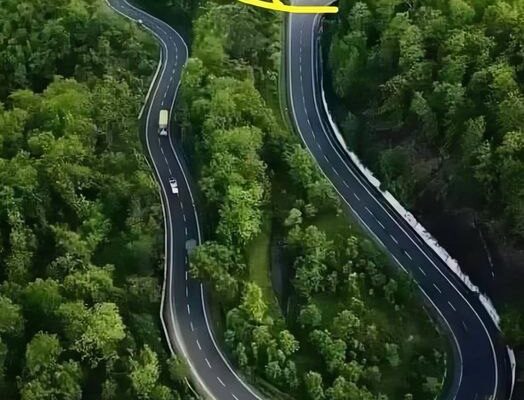Roads often have unnecessary curves and turns for several reasons, primarily related to safety, environmental considerations, and urban planning:
- Safety
- : Curves can help reduce vehicle speed,
- making roads safer, especially in areas with high pedestrian activity or sharp terrain. Straight roads can encourage speeding, leading to more accidents.
- Topography: Natural landscapes such as hills, rivers, and valleys can dictate the path of a road. Engineers often design roads to navigate around these features rather than through them, which can involve curves and turns.
- Land Use: Roads must often accommodate existing buildings, homes, and businesses. In urban areas, the layout of the land may require roads to bend and curve to connect different locations effectively.
- Regulatory and Planning Constraints: Zoning laws and city planning can impose restrictions on how roads are constructed, leading to designs that may seem indirect but are necessary for compliance with local regulations.
- Cost Efficiency: Constructing a road in a straight line may not always be the most cost-effective option. Curved roads can sometimes minimize the need for expensive infrastructure, such as bridges or tunnels.
- Environmental Impact: Straight roads can lead to more significant environmental disruption, while curves may help preserve natural habitats and reduce erosion.
- Historical Development: Many roads were built long before modern engineering standards, following existing paths, trails, or routes that may not have been straight.
In summary, while a straight line is the shortest distance between two points, the complexity of real-world factors often leads to roads that curve and turn.



